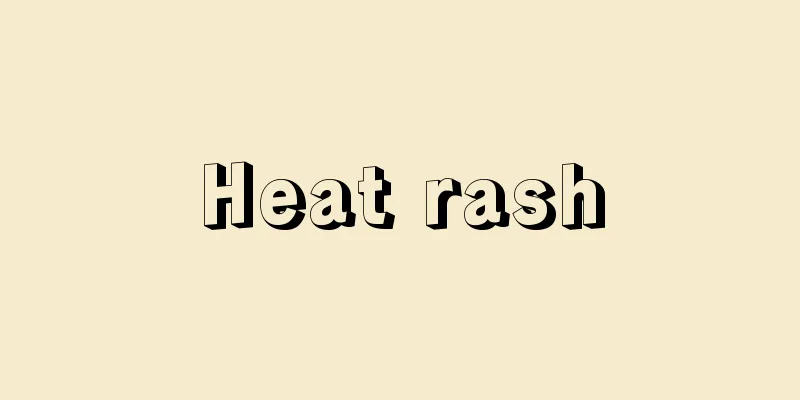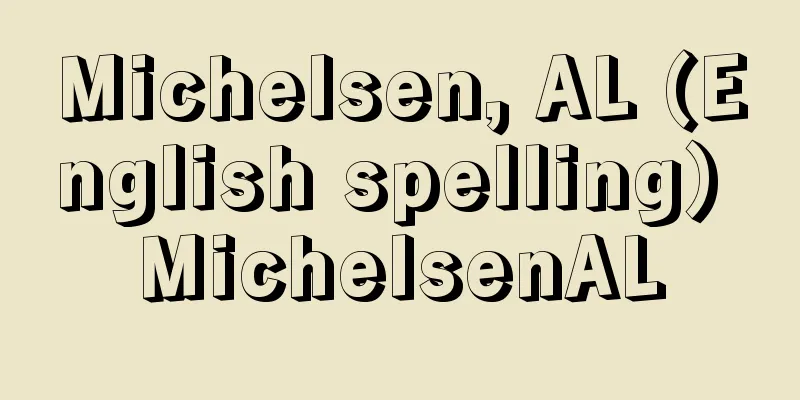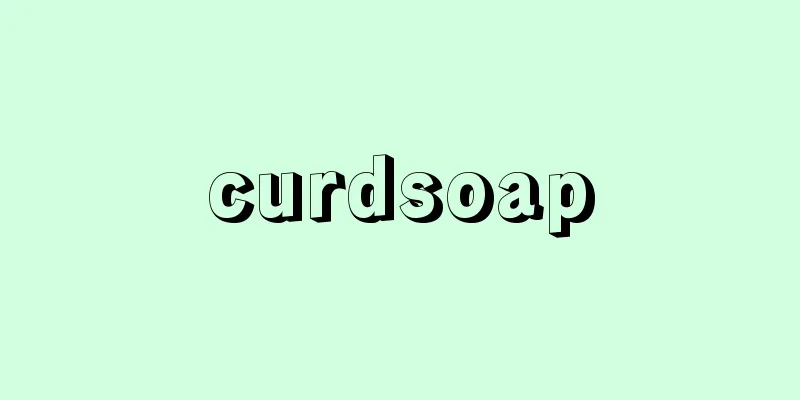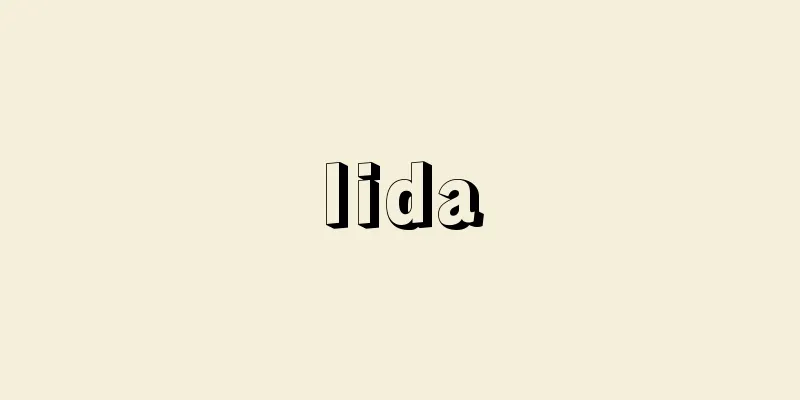Heat rash

|
A colloquial name for miliaria or miliaria eczema. It is caused by high temperatures and humidity. It is prone to occur in infants, overweight people, and people who develop high fevers, but it can also be seen in people who wear too many layers of clothing even in winter, people who work in hot environments such as kitchens, and people with hyperhidrosis. Common areas for this condition include the back and sides of the trunk, areas rubbed by abdominal bands or belts, and intertriginous areas of the flexors of the limbs. In infants, it is most common in areas that sweat a lot, such as the head, face, and neck. When sweating, sweat cannot escape from the sweat pores, and remains in the sweat ducts of the epidermis, forming small blisters (vesicles). It is distinguished from miliaria quartz and miliaria rubra. When the sweat ducts finally burst, the patient complains of an unpleasant, irritating, stinging itch that worsens with scratching, forming a rash known as miliaria eczema. When it spreads over the skin surface, the patient becomes anhydrous, resulting in an inability to regulate body temperature and the appearance of systemic symptoms such as fever. At first, it appears as red, foxtail-like bumps (papules), which soon turn into small blisters surrounded by a red ring. Many of them form densely. If the patient scratches the skin because of the itchiness and becomes infected with pyogenic bacteria, it can develop what is commonly known as a "prickly heat rash," which can become red and raised, up to the size of a fingertip. Mild cases of heat rash can be cured by wiping off sweat thoroughly and using a small amount of baby powder. In severe cases, a corticosteroid cream containing an antibiotic is used. Prevention is more important than treatment, so be careful not to let your child sweat by dressing them too warmly. Infants tend to sweat easily around the back of the neck, so it is effective to place a water pillow over the area or to occasionally wipe and wash the area and use a small amount of baby powder. [Masakatsu Izaki and Seiichi Izaki] [Reference] | | |Source: Shogakukan Encyclopedia Nipponica About Encyclopedia Nipponica Information | Legend |
|
汗疹(かんしん)または汗疹性湿疹の俗称。高温多湿が誘因となって生ずる。乳幼児、太っている人、高熱を発する人などにおこりやすく、また冬でも厚着をしすぎる人、厨房(ちゅうぼう)など高熱になる環境で働く人や多汗症の人にもみられる。好発部位は躯幹(くかん)の背面、側面、および腹帯やベルトなどで摩擦される部位、四肢屈面の間擦部などである。乳児では、頭、顔、頸部(けいぶ)のような発汗の多い部位に好発する。発汗時に汗が汗孔から出きれなくなり、表皮の汗管中に残って小さな水ぶくれ(水疱(すいほう))をつくるのが汗疹で、水晶様汗疹、紅色汗疹(こうしょくかんしん)などと区別する。ついに汗管が破れると、不快で、いらだたしい刺すようなかゆみを訴え、かくとかゆみはますます増強するような湿疹となり、汗疹性湿疹と呼ばれる。皮膚面に広がると無汗状態となり、その結果、体温の調節ができなくなって、発熱などの全身症状が現れる。最初、アワ粒のような赤いぼつぼつ(丘疹)として現れ、まもなく赤い輪で取り囲まれた小水疱となる。多数密に生ずる。かゆみのために掻(か)いて、化膿(かのう)菌の感染を受けると俗にいう「あせものより」をつくって、指頭大までの大きさに赤く盛り上がることがある。 あせもの軽いものは、汗をよくふきとって少量のベビーパウダーを使うだけで治る。重症の場合は、抗生物質を含んだ副腎(ふくじん)皮質ホルモン剤クリームを用いる。あせもは治療よりも予防がたいせつで、厚着をさせすぎて汗をかかせないよう注意する。乳児では頸部の後ろ(うなじ)の部分に汗をかきやすいので、水枕(みずまくら)を当ててやるとか、ときどき清拭(せいしき)・洗浄して少量のベビーパウダーを用いるなどの注意が有効である。 [伊崎正勝・伊崎誠一] [参照項目] | | |出典 小学館 日本大百科全書(ニッポニカ)日本大百科全書(ニッポニカ)について 情報 | 凡例 |
<<: Azerbaijan - Azerbaijan (English spelling) Азербайджан/Azerbaydzhan
Recommend
Adygeiskaya AO (English spelling)
...The capital of the Adygea Republic (establishe...
Mount Mokoto
A volcano that forms the northern part of the out...
Ants' Doorway - Ants' Doorway
..."The bank collapses through an ant's ...
Anselmus Cantaberiensis
Born 1033 in Aosta, Northern Italy Died: April 21,...
Washing - Arai
A type of sashimi. It is generally a summer dish,...
Gymnocorymbus ternetzi (English spelling) Gymnocorymbusternetzi
…It is similar to the neon tetra, but has a red b...
Pursuit collateral - Tsuidattampo
This refers to the seller's liability to guar...
Kanazawa Sadaaki
Year of death: 2nd year of Shokei/3rd year of Genk...
Surface creepage
Corona discharge develops along the surface of an ...
Geschwind, N. (English spelling) GeschwindN
... Regarding the difference in the functions of ...
corpusculum renis
… The external shape also differs depending on th...
Kokusuikai - Kokusuikai
This is one of the many right-wing groups formed a...
Pierre Naville
1904‐1993 French writer and political activist. Bo...
American Ostrich - American Ostrich
Please see the "Rare" page. Source: Enc...
Futuwwa (English spelling)
Originally an Arabic word meaning "youthfulne...









